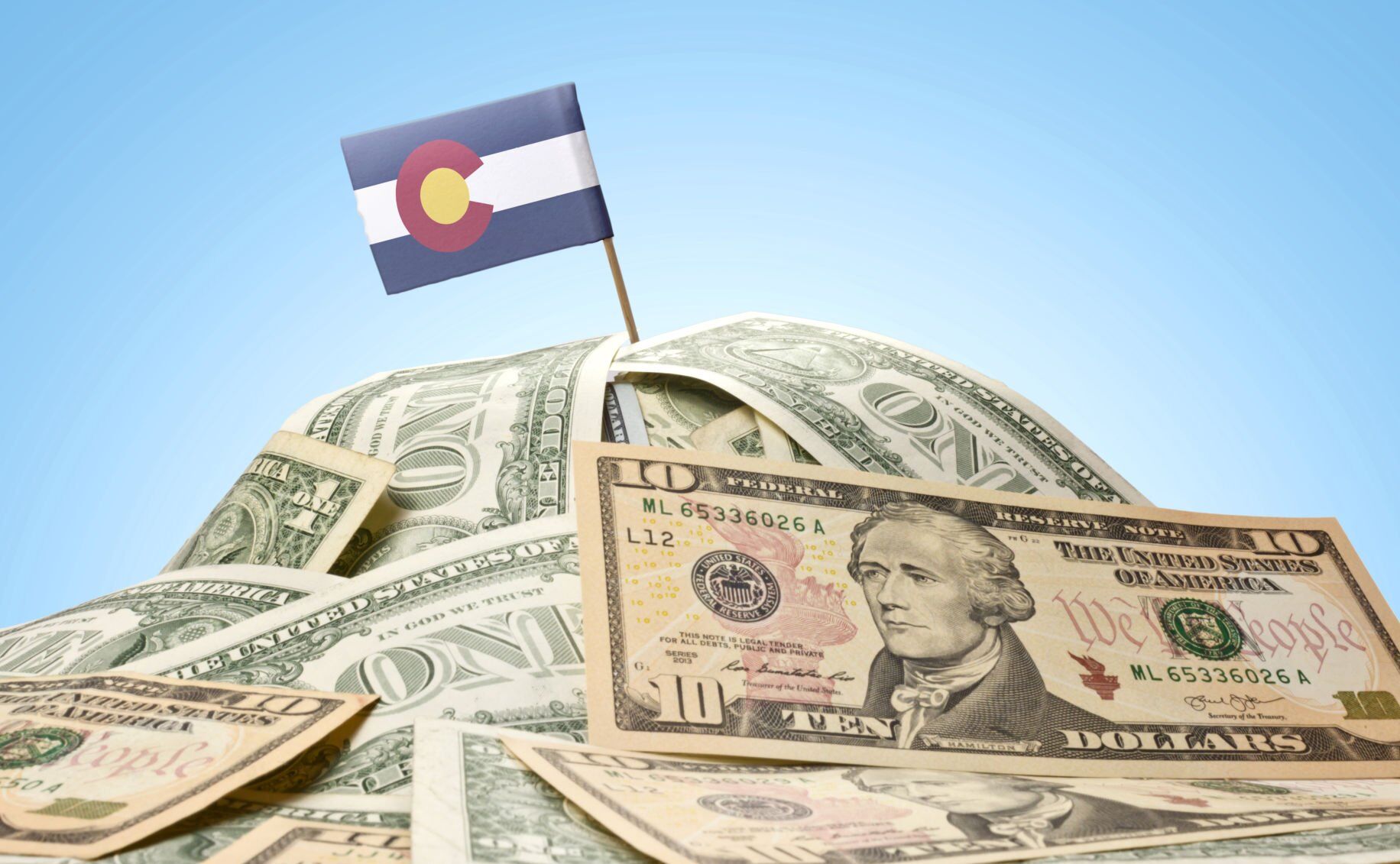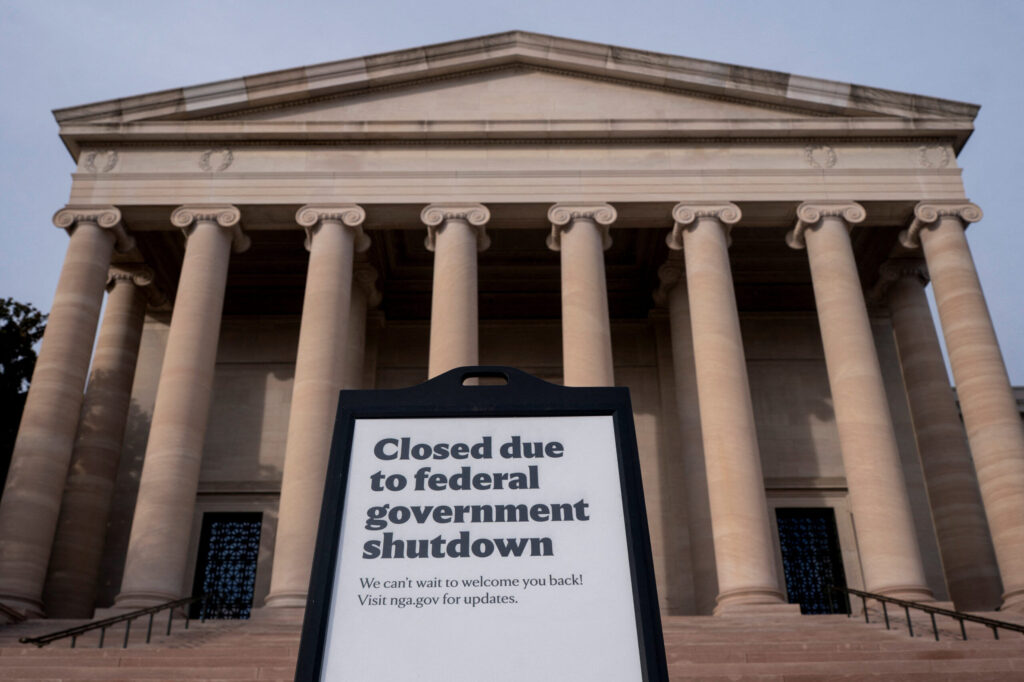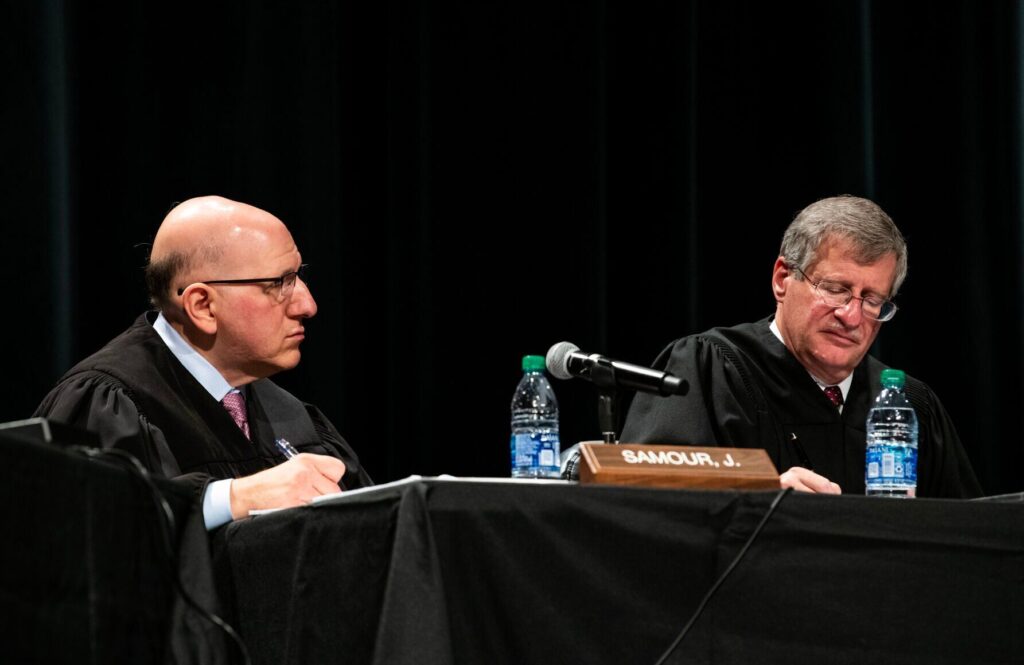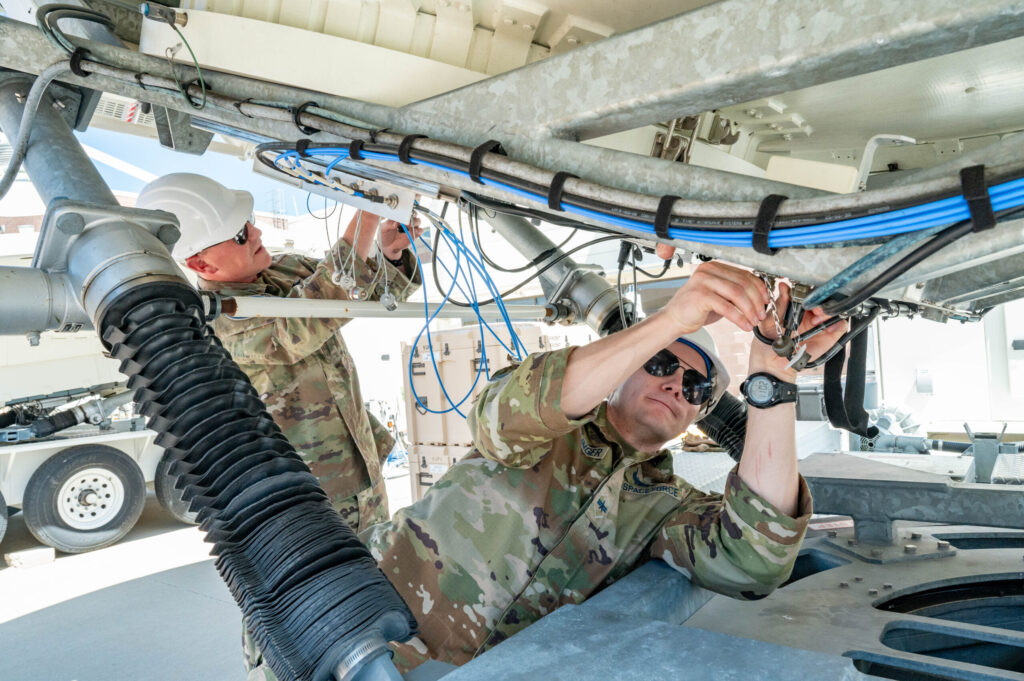Study: Colorado received $63 billion in COVID relief, stimulus

Colorado landed more than $60 billion in federal COVID-19 pandemic assistance and other funding during the past two years, according to a recent study by the Peter G. Peterson Foundation.
The $63.6 billion in government cash, or more than $11,000 for each person in Colorado, came in stimulus checks sent to most Americans; a variety of unemployment benefits; forgivable loans and grants to small businesses, restaurants and performing arts venues; public health grants; funding doled out to states; federal disaster relief; grants for high-speed internet and other infrastructure; help for renters and homeowners; and money given to schools and colleges.
The mountain of federal money helped Colorado Springs and the state bounce back quickly from the worst economic downturn to hit either the city or state since the Great Depression. Both the city and state recovered all of the jobs lost in the first two months of the pandemic in less than two years, but also may have helped to trigger the biggest wave of inflation since the early 1980s.
Polis administration offers $271 million aid to child care providers
“The amount of money is astounding, and this is the first time I’ve seen it broken down on a per capita (per person) basis,” said Tatiana Bailey, director of the University of Colorado at Colorado Springs Economic Forum. “As a result, the nation recovered much faster than our European counterparts, but you have to ask ‘Did we overdo it?’ That is probably why we are seeing this level of inflation.”
The tsunami of federal help paid extraordinary dividends in Colorado, helping what had been a booming state economy to become one of the nation’s top-performing by almost any standard, including economic growth. That’s despite the state’s share of per person federal pandemic-relief funding ranking 28th among all states, or less than half of what residents in Washington, D.C., received.
“It is plausible to say that money helped out an already strong state and made it even stronger. The strong economy Colorado had before the pandemic meant the relief and stimulus had a much bigger impact,” Bailey said. “With the size of stimulus, it is no wonder people are still spending, but I believe the honeymoon will be over soon, likely either later this year or early next year.”
Colorado businesses worried about looming unemployment insurance hike
Nationwide, the federal government spent $4.25 trillion on COVID-19 relief funds from 22 programs with nearly 40% going to stimulus payments and the Paycheck Protection Program. All but 6% has already been spent.
The federal spending in Colorado included:
? $13.4 billion in federal stimulus checks.
Hickenlooper says Colorado bars and eateries received $481M in relief
? $9.1 billion in federal unemployment benefits, including $4.64 billion for extra benefits totaling $800 a week, $2.57 billion in benefits for contract workers and $1.52 billion in extended unemployment benefits and $353 million in other emergency unemployment benefits.
? $21.5 billion in small-business support, including $15.1 billion from the Small Business Administration’s Paycheck Protection Program for payroll and related expenses, $5.6 billion in disaster loans and grants for small businesses and more than $700 million for restaurants, theaters and entertainment venues.
? $5.1 billion to hospitals, doctors and other medical providers.
Colorado’s recovery from the pandemic moving at breakneck speed, but inflation a concern
? Nearly $8 billion in direct aid to state government.
? $2.9 billion to elementary and secondary schools, colleges and universities.
? $3.67 billion in other federal help, including $1.8 billion in disaster aid, nearly $1 billion in infrastructure grants and nearly $900 million in help to renters and homeowners to avoid eviction or foreclosure.
The New York-based Peterson Foundation, founded in 2008 by a former U.S. commerce secretary, is a nonpartisan think tank that is trying to raise awareness and trigger action on America’s long-term fiscal challenges.














